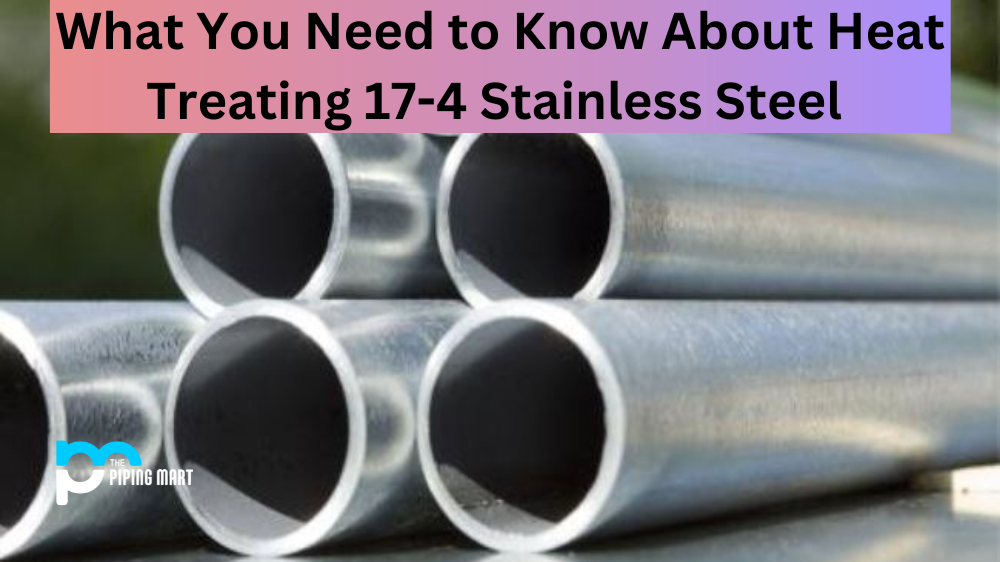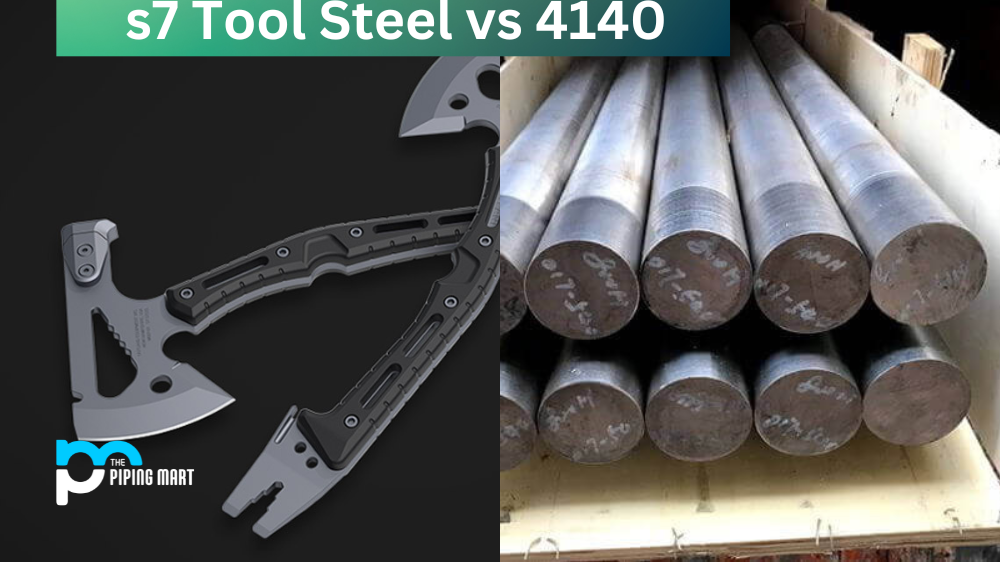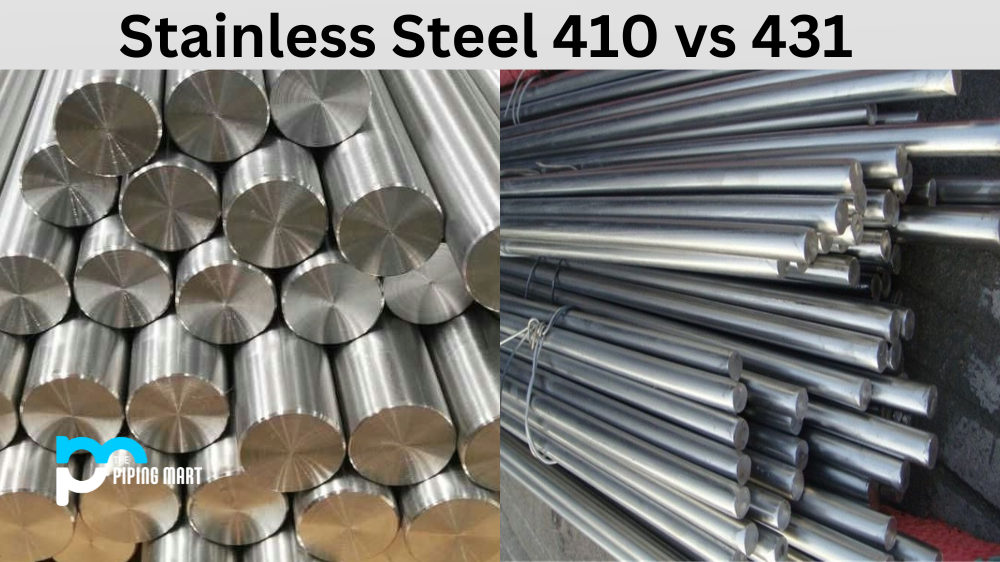Heat treatment is a process used to change the physical and chemical properties of metals and alloys. It is an essential step in the manufacturing process of many products, including 17-4 stainless steel. In this blog post, we will discuss what heat treating is, why it’s important for 17-4 stainless steel, and how it works.
What is Heat Treating?
Heat treating is the controlled heating and cooling of a metal or alloy to achieve specific mechanical or physical properties. This process can be used to increase strength, hardness, and wear resistance; reduce stress; or improve machinability. It can also be used to modify electrical properties or eliminate internal stresses due to welding or casting. The most common heat treatments are annealing and hardening. Annealing involves heating the material above its recrystallization temperature, followed by slow cooling in order to soften it and prepare it for further processing. Hardening involves heating the material above its transformation temperature before quenching it quickly with water or oil in order to increase its strength and hardness.
Why Is Heat Treating Necessary For 17-4 Stainless Steel?
The primary goal of heat treatment in 17-4 stainless steel is to increase its strength while maintaining its corrosion resistance. This type of steel contains chromium, nickel, copper, molybdenum, manganese, phosphorus, silicon, sulfur, titanium, aluminium, and iron in varying amounts depending on the grade of the steel being used. During the hardening process, these elements react differently when heated, causing some parts of the material to harden faster than others resulting in uneven hardness throughout the material, which can lead to warping if not dealt with properly. Additionally, if not cooled quickly enough after hardening, there is a risk that some elements may react with each other creating an unexpected result such as brittleness or poor surface finish.
How Does Heat Treating Work For 17-4 Stainless Steel?
Heat treating 17-4 stainless steel involves two steps: preheating and quenching/tempering. Preheating involves slowly raising the temperature up until just before it reaches its transformation temperature (the point at which austenite changes into martensite). Quenching/tempering then involves rapidly cooling down below this temperature using either water or oil, depending on whether you want maximum hardness (water) or maximum toughness (oil). After quenching/tempering, it’s important that you temper your material between 350°F – 700°F for 1 hour per inch thickness in order to reduce any residual stresses caused by quenching as well as improve both ductility and toughness so that your finished product has better performance characteristics than if you were just relying on quenching alone.
Conclusion:
Heat treating is an important part of manufacturing for many materials, including 17-4 stainless steel, due to its ability to alter certain physical and chemical properties such as strength, hardness and wear resistance, as well as improve machinability or eliminate internal stresses from welding/casting operations. The key steps involved in heat treating this type of steel involve preheating, then quenching/tempering before finally tempering your material between 350°F – 700°F for 1 hour per inch thickness. By understanding these steps, you can ensure that your finished product has optimal performance characteristics without running into any unexpected issues along the way!
Meet Heer, a dynamic and driven writer learning tricks of her trade in the metal industry. With a background in Digital Marketing, Heer brings a unique perspective to her writing, sharing valuable insights. Apart from blogging she like reading and hiking.




